I am no Kodak 2238 expert. In fact, I was introduced to Kodak 2238 by Michael Bartosek when I was lucky enough to be included in his project to shoot this film. The Kodak 2238 Project produced a zine, created a Facebook group (Kodak 2238 Project), a spin off group (The Ultra Low ISO Club), a podcast (The Ultra Low ISO Club with Michael Bartosek, Edward Conde, and Jason Konopinski), an instagram (@Ultra.Low.ISO.Club), and an Etsy store (HandRolledFilm). Everything I know about this film has been learnt from these guys, but any factual errors will be my own.
Kodak 2238 is a low speed film designed for archival purposes. Although rated at EI25, the results may be better at EI12 or EI6, depending on your purpose and conditions. The results are generally contrasty, but it is incredibly fine grained and acute, and you could be forgiven for thinking the images were digital. Not everyone’s cup of tea, but I love it.
This roll of Kodak 2238 was bought from the HandRolledFilm Etsy store (I have no pecuniary interests, and the Film Photography Project did sell Kodak 2238 too). I had previously shot this film almost entirely on the tripod, but I wanted to shoot more hand held. What better than using the Canon LTM 50/1.4 (with adapter) on my M4? I used a phone app to meter.
All captures here were at EI25 with the lens wide open. Even so, the indoor shots were often at 1/4 seconds hand held. The first three shots are in Sydney city and the last two in the suburbs. As expected, there is very little grain and good contrast. I didn’t shoot long exposures on this roll, but from my previous experience Kodak 2238 needs at least a couple of extra stops of exposure for reciprocity effects if exposing beyond a couple of seconds.
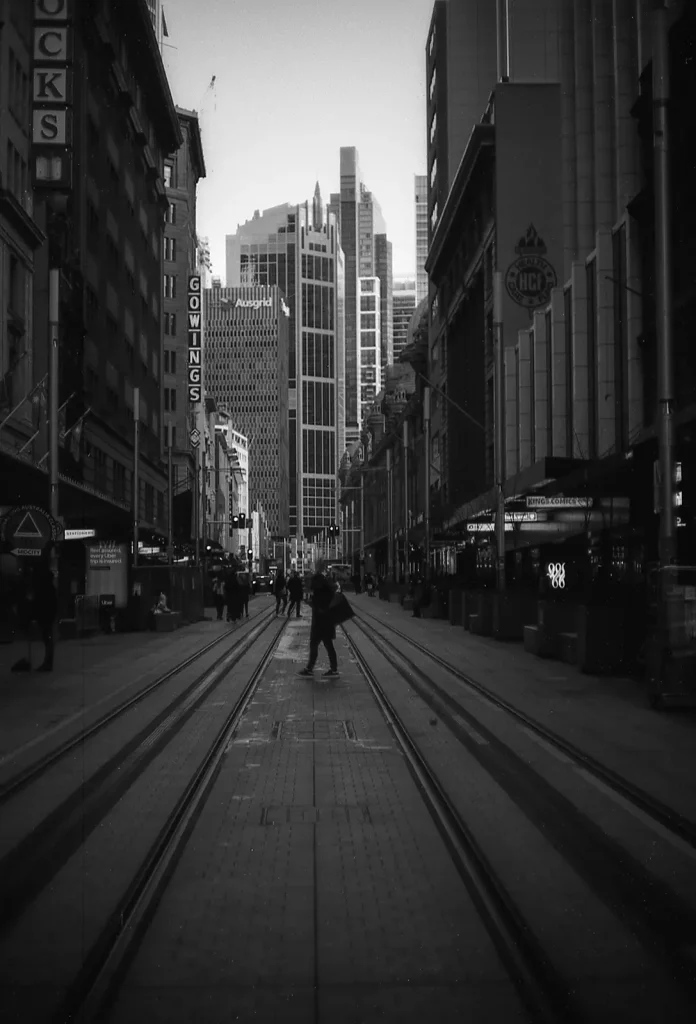
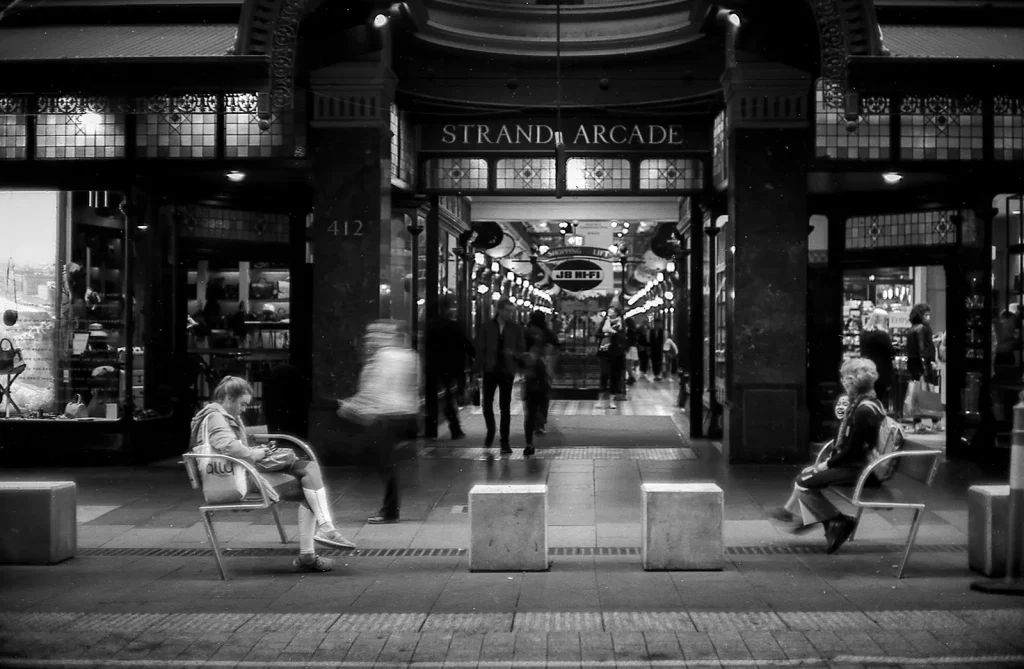
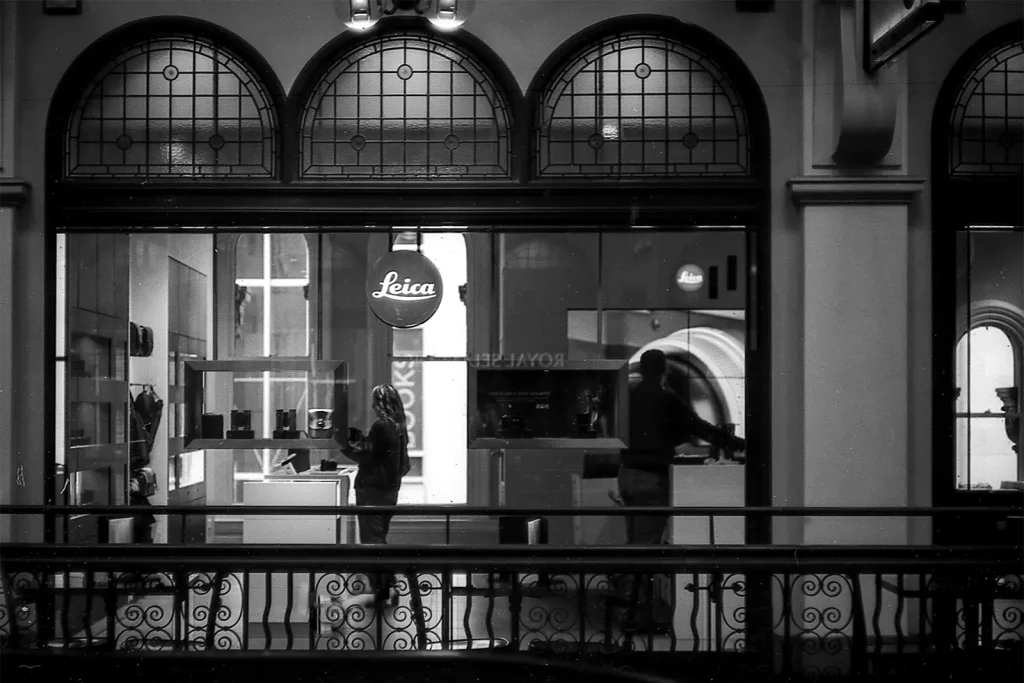
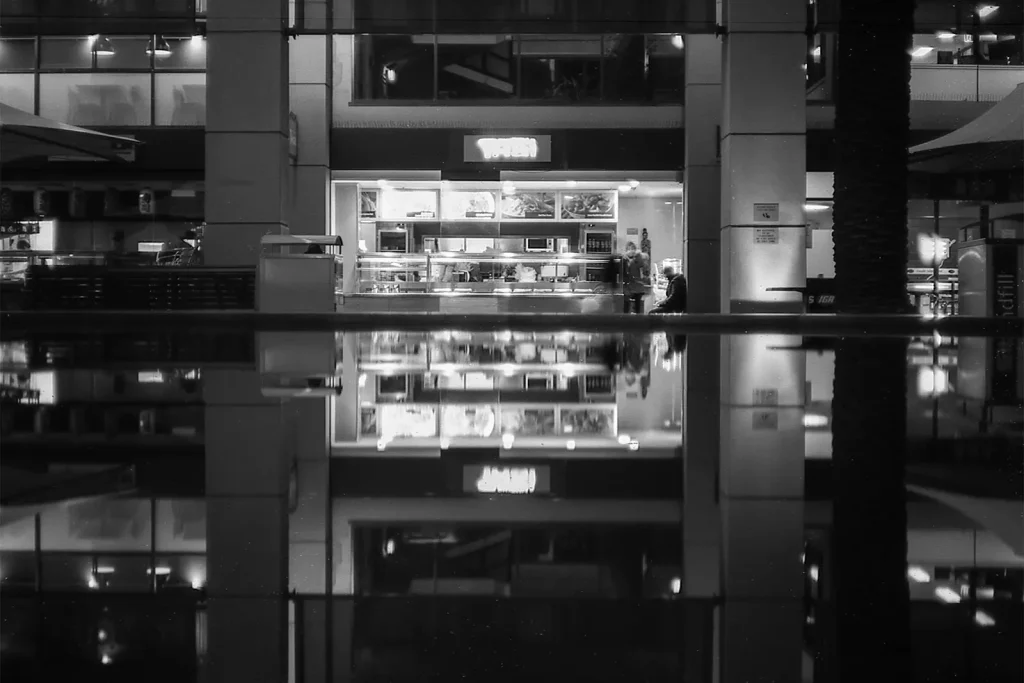
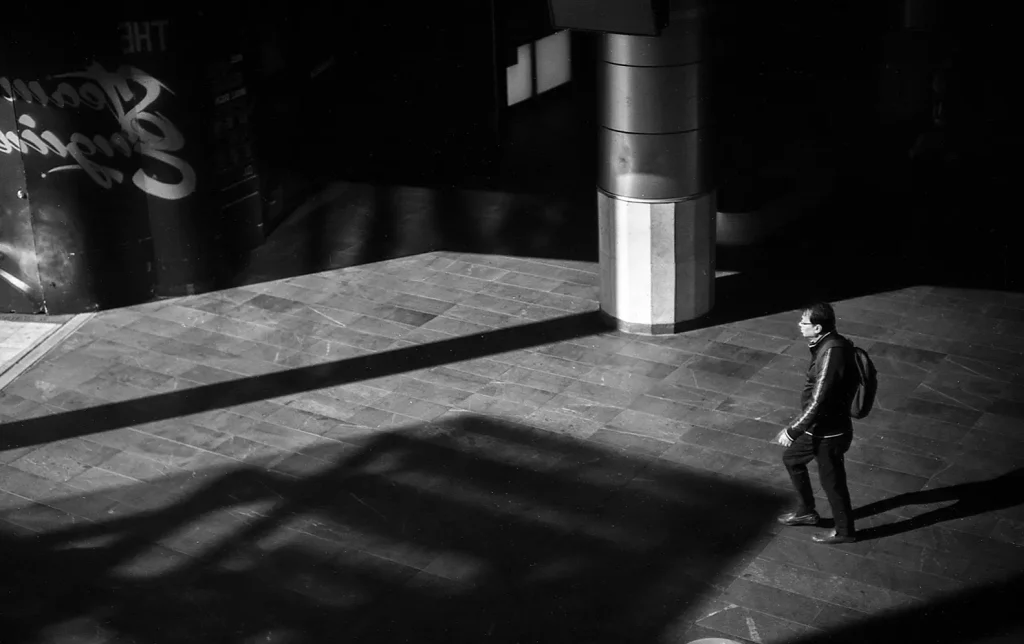
Kodak 2238 will not be for everyone. It is slow. But having shot Washi W and some sub EI1 film recently, it no longer feels that way. The experience coming back to 2238 is not quite post modern, but it does feel close. It also really has very little grain and is high acutance. It simply doesn’t look like TriX. For me it is a beautiful film. I love it especially in low light. Sure the exposure is super long, but the results are magic.
This roll of Kodak 2238 was developed in Ifosol 3 (1+3 dilution, 7min at 20c, 30 seconds initial agitation, then a 10 seconds agitation every 30 seconds). A number of other developers work too, and the HandRolledFilm will include a developer guide when you purchase the film. The Kodak 2238 Project Facebook group have the collected developer experiences documented in a pinned post, and the Massive Dev Chart has started publishing more recipes on the film.
I would encourage anyone wanting to shoot Kodak 2238 for the first time, and particular wanting to home develop, to check out the groups mentioned, but especially the Kodak 2238 Facebook group and to listen to the Ultra Low ISO Club podcast.
www.instagram.com/billthoo
www.instagram.com/analognights
My other posts on 35mmc here
Share this post:

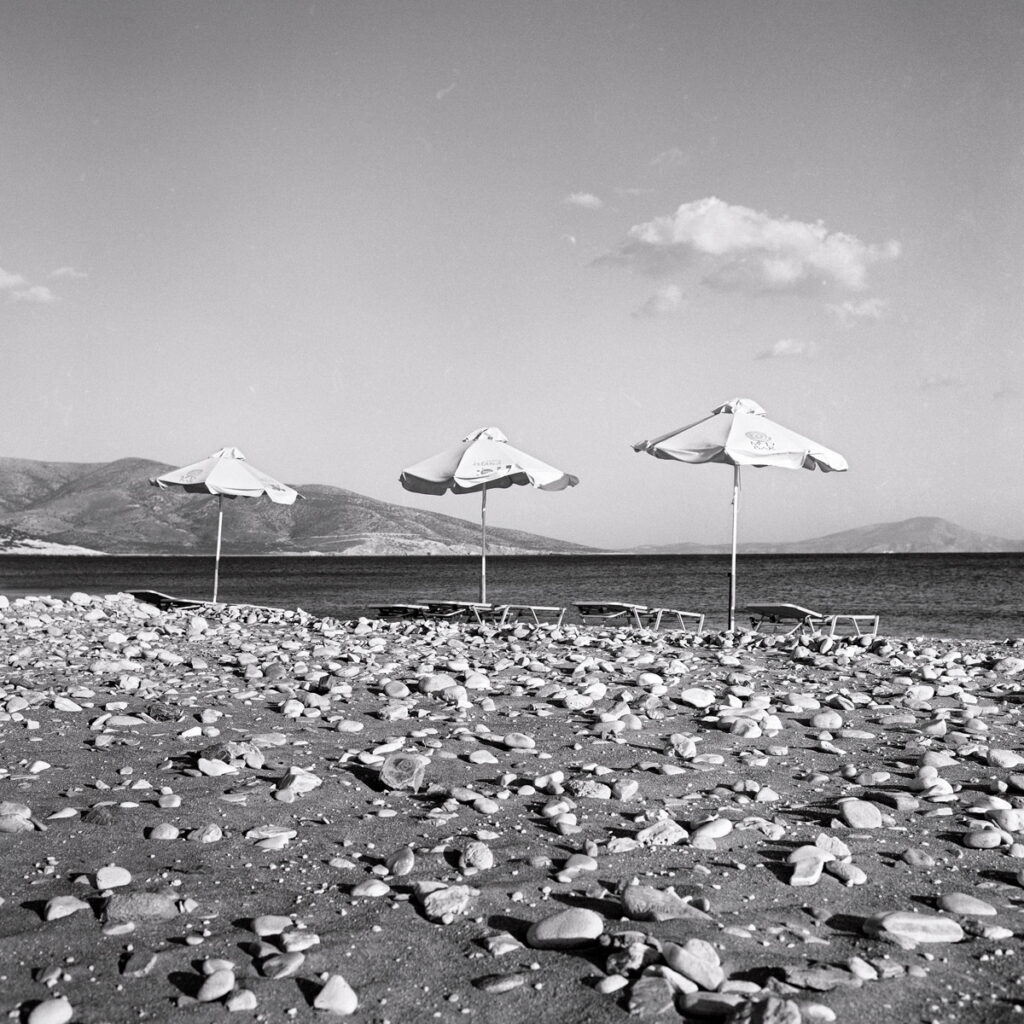
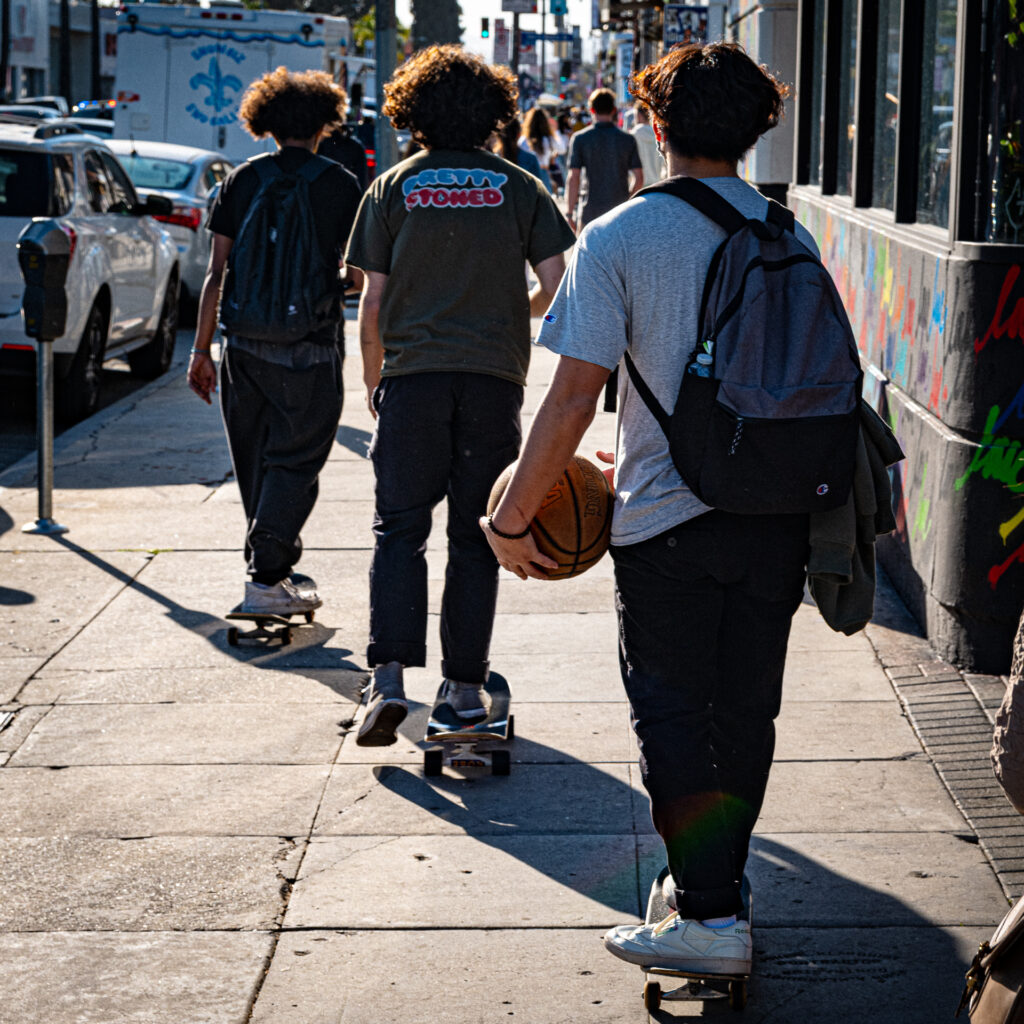
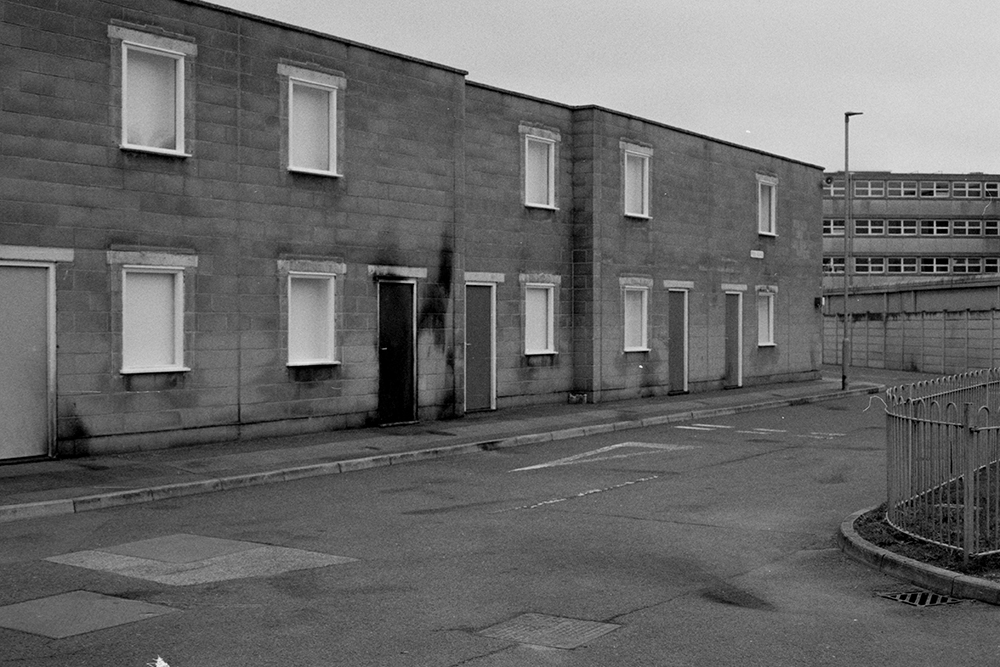
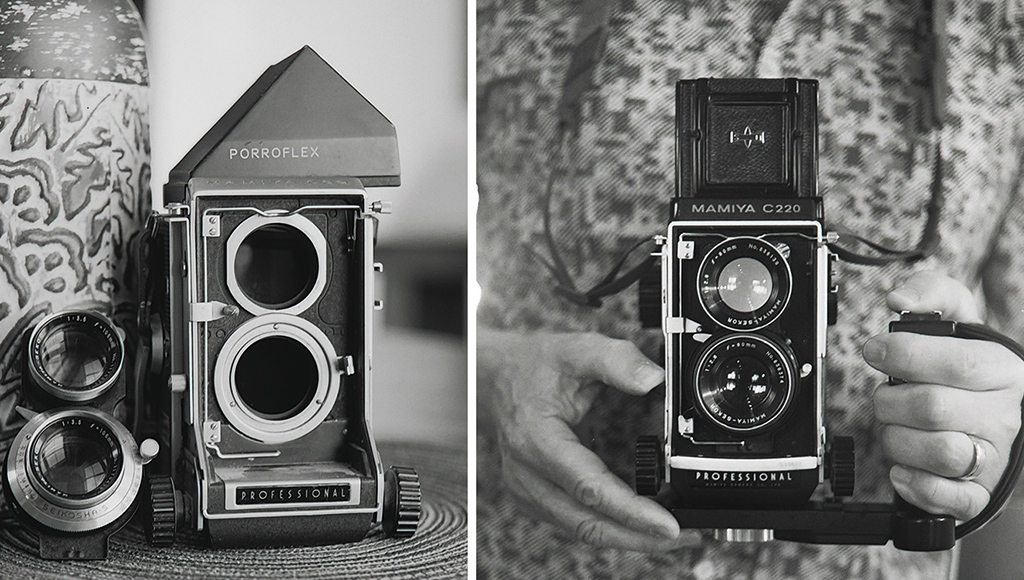




Comments
Ed on 5 Frames with Kodak 2238 in a M4 with a Canon LTM 50/1.4 – By Bill Thoo
Comment posted: 18/12/2019
Comment posted: 18/12/2019
zyw.cube on 5 Frames with Kodak 2238 in a M4 with a Canon LTM 50/1.4 – By Bill Thoo
Comment posted: 18/12/2019
Can you please write an article about technique of shooting star trails? They are so beautiful
Comment posted: 18/12/2019
Matt Jones on 5 Frames with Kodak 2238 in a M4 with a Canon LTM 50/1.4 – By Bill Thoo
Comment posted: 18/12/2019
Comment posted: 18/12/2019
Andrew Kohring on 5 Frames with Kodak 2238 in a M4 with a Canon LTM 50/1.4 – By Bill Thoo
Comment posted: 20/12/2019
Comment posted: 20/12/2019
Charles Higham on 5 Frames with Kodak 2238 in a M4 with a Canon LTM 50/1.4 – By Bill Thoo
Comment posted: 23/12/2019
Comment posted: 23/12/2019